This stuff is the best diaper rash cream on the planet. The bentonite clay aids in quick healing, and the zinc oxide creates a moisture barrier for baby’s skin.
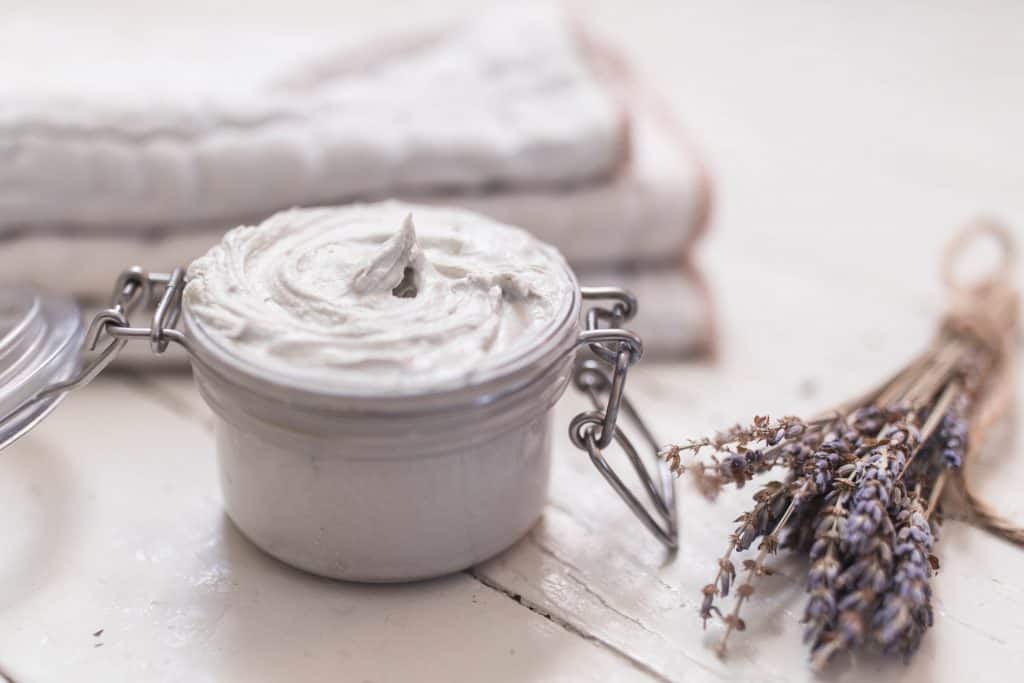
I recently shared my favorite cloth diaper covers and my cloth diaper washing routine. Seemed only fitting to me that I stick to the topic of baby bums, and talk about my favorite cloth diaper cream.
I like to make my own diaper rash cream to avoid the harmful chemicals found in conventional brands.
The ingredients in this super simple cream are all natural and effective.
Our skin is our body’s largest organ, and chemicals that go on it actually make their way in.
Think about nicotine patches, and progesterone cream. They work, because the active, medicinal ingredients absorb into the body.
I think sometimes we like to assume that lotion, shampoo, and cosmetic products are benign. We tell ourselves that, yes, they have bad stuff in them, but they just sit on top of the skin.
If only it were true.
The last thing I want to do is slather a chemical laden cream all over my baby’s rash-y bottom. This cream solves that problem.
But…does it actually work?
Yes, my friend, it most certainly does!
How is Bentonite clay healing for a diaper rash?
Bentonite clay has amazing healing and detoxifying benefits. It absorbs moisture and removes toxins and impurities. It also fights bacteria.
Basically, its the bees knees for healing a diaper rash.
Why add zinc oxide to this homemade diaper rash cream?
Zinc oxide is great for adding a barrier between the wet diaper and the skin. This gives the body a chance to heal on its own, without moisture and other not-so-pleasant things interfering with the process.
I wrote more about zinc oxide in my post on How to Make All Natural Sunscreen. Just like it provides a moisture barrier, it also creates a barrier between the sun and skin.
Shea butter, coconut oil, and essential oils
The shea butter and coconut oil give this diaper cream a nice consistency, akin to the store bought creams you may be used to.
Lavender and Roman Chamomile essential oils are commonly used for their skin-healing properties.
Is this diaper rash cream safe for cloth diapers?
The answer to this question depends on who you ask.
Some people say zinc oxide is totally safe for cloth diapering. Personally, I would rather leave it out. I’m afraid it would put a moisture barrier on the diaper.
The bentonite clay is sufficient to heal rashes. If your baby has a really bad rash, it may be best to bust out the big guns and put him/her in a disposable diaper for a few days.
We hardly ever have to deal with rashes, so I prefer to make the cream with all the ingredients, and use it sparingly.
*If your little one ever has a diaper rash that will not ago away for several days, you are most likely dealing with yeast. In this case, stop all other creams and fight the infection with anti-fungal cream and essential oils.
Diaper Rash Cream Ingredients
1/2 cup shea butter
4 tablespoons coconut oil
4 tablespoons zinc oxide
4 tablespoons bentonite clay
5 drops lavender and/or Roman Chamomile, essential oil
Diaper Rash Cream Process
- Add the shea butter and coconut oil to a double boiler. Heat until melted.
- Stir in the zinc oxide.
- Stir in the bentonite clay.
- Add the essential oil and stir.
- Pour in a lidded mason jar.
It will keep for one year.
Shop the ingredients
The following are affiliate links, which means I make a small commission at no extra cost to you.:)
Want essential oils 25% off? Sign up HERE for a wholesale account.
Download the all natural diaper cream label

Print the recipe Best diaper rash cream remove
The Best Diaper Rash Cream
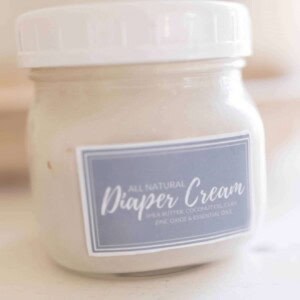
Equipment
- Double Boiler
Ingredients
- 1/2 cup shea butter
- 4 tablespoons coconut oil
- 4 tablespoons zinc oxide
- 4 tbspatablespoons bentonite clay
- 5 drops lavender or chamomile essential oil, optional
Instructions
- Add the shea butter and coconut oil to a double boiler. Heat until melted.
- Stir in the zinc oxide.
- Stir in the bentonite clay.
- Add the essential oil.
- Store in a lidded mason jar, for up to one year.
Notes
- Keeps for one year.
Nutrition information is automatically calculated, so should only be used as an approximation.
Grab my free ebook with even more natural body essential oil recipes
[thrive_lead_lock id=’14105′]Hidden Content[/thrive_lead_lock]


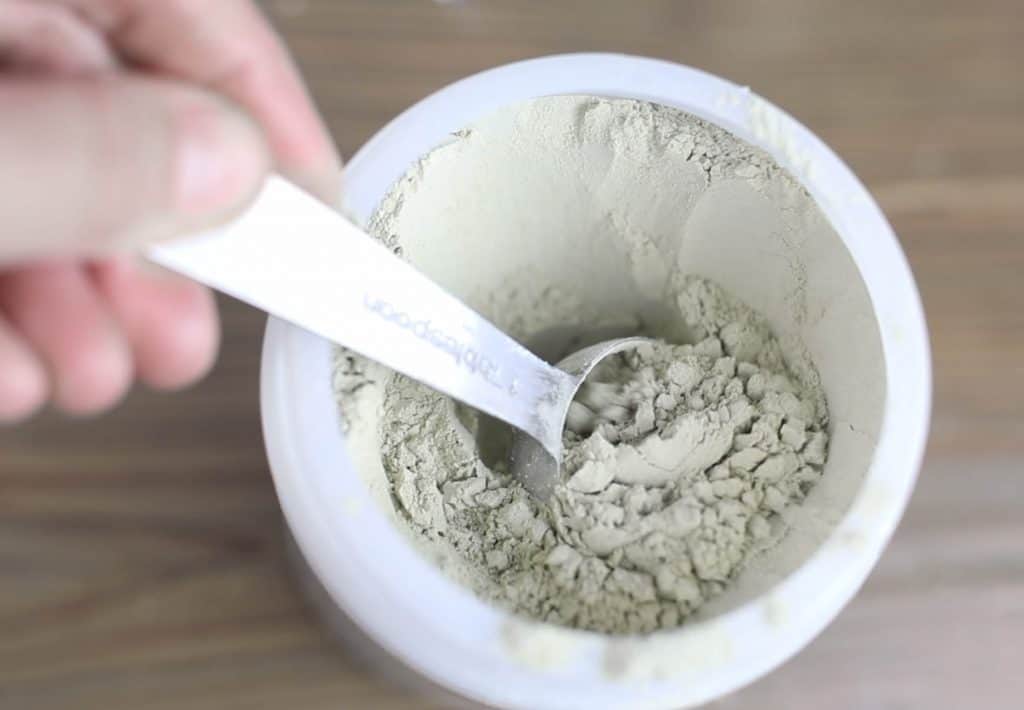
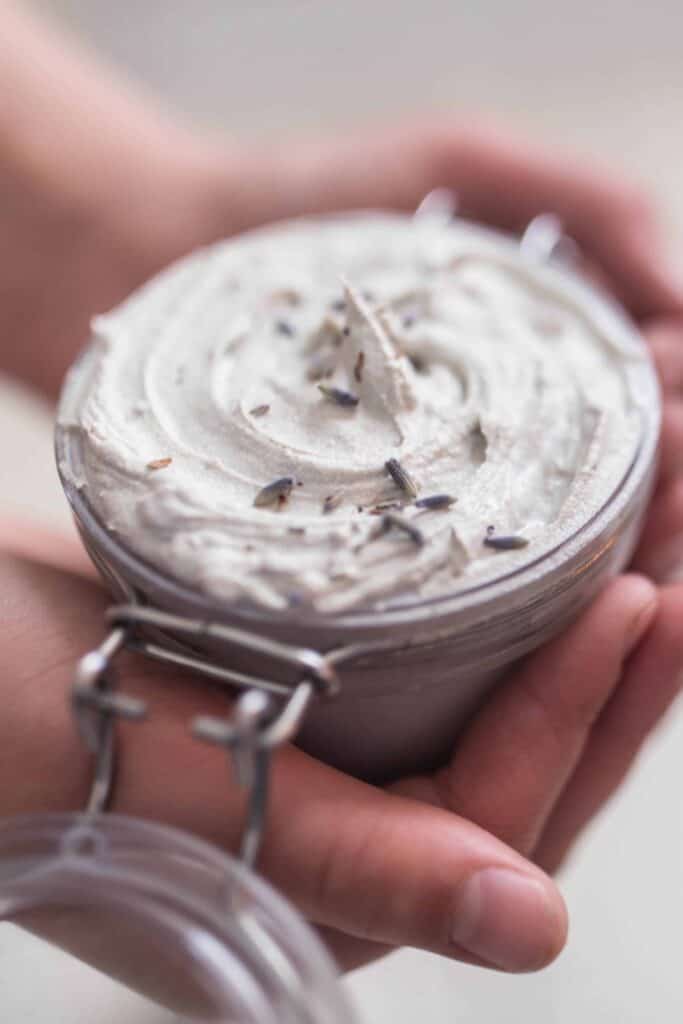
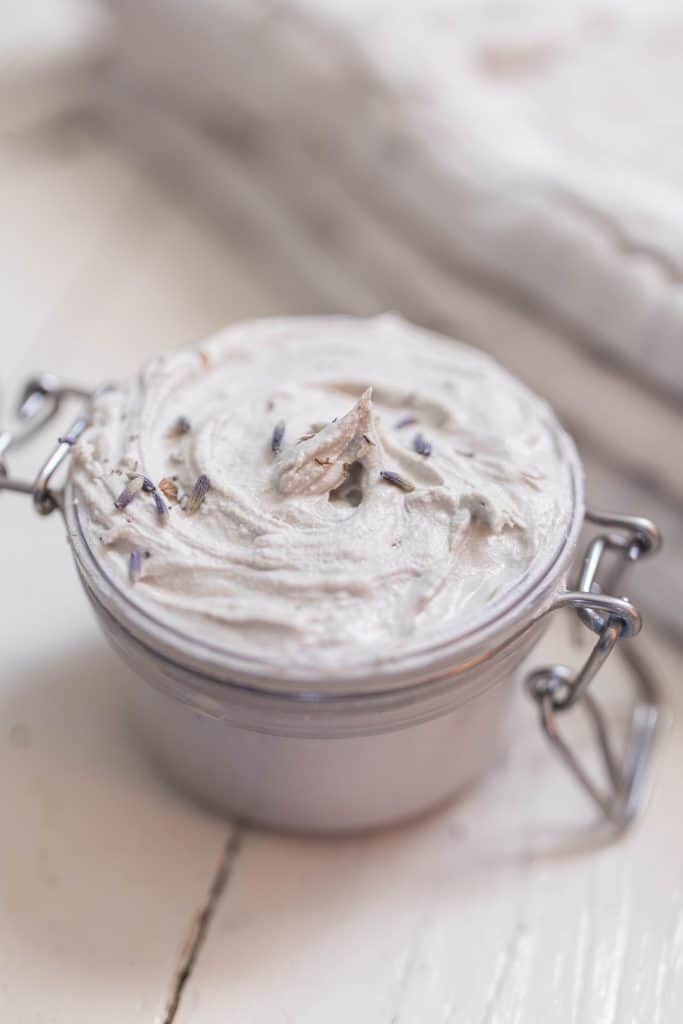
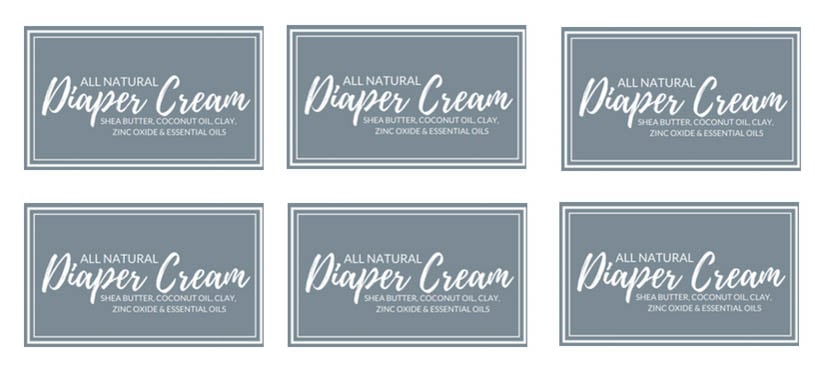
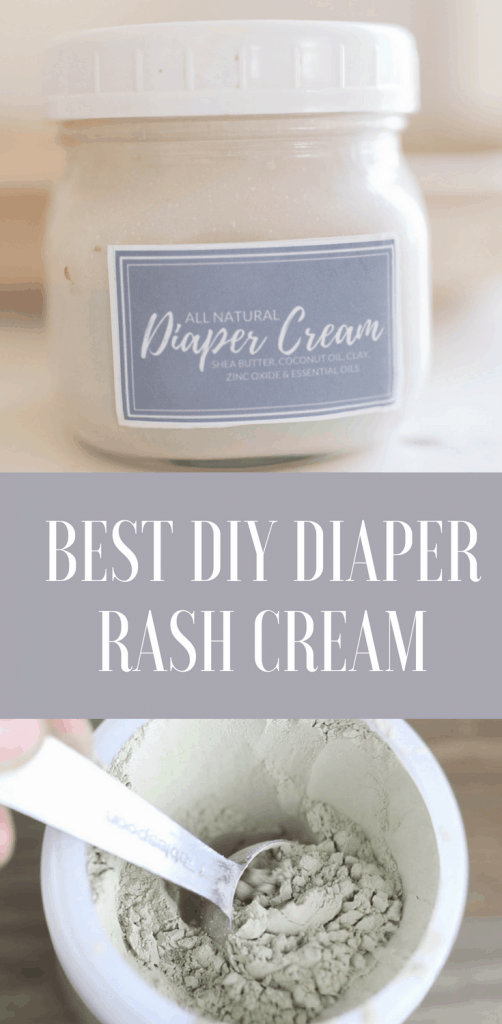
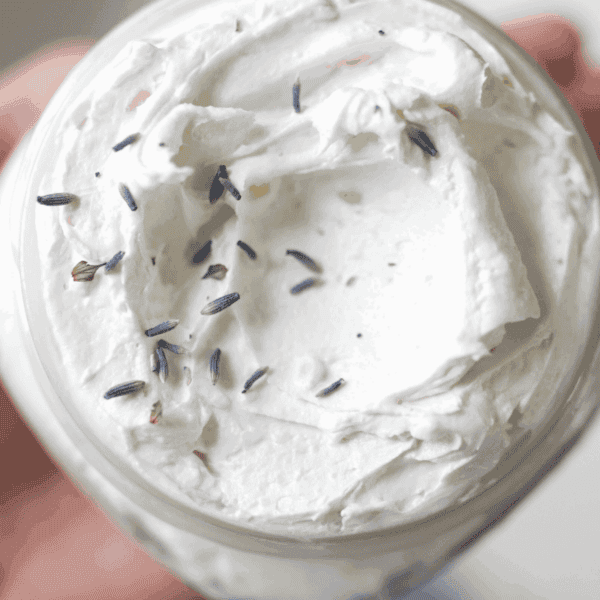
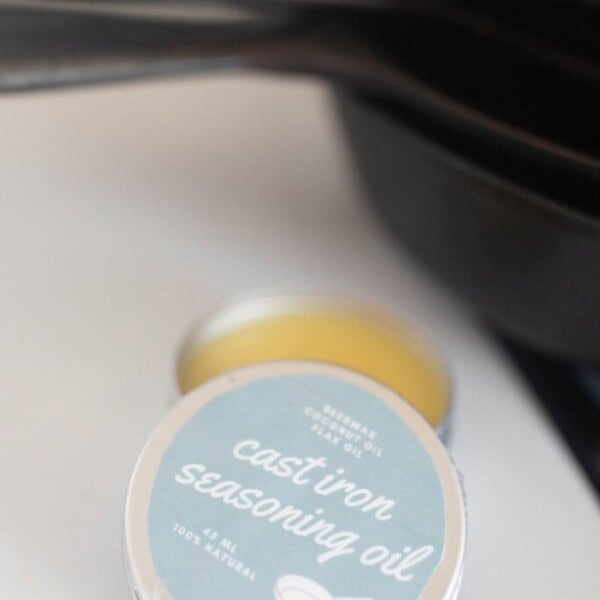
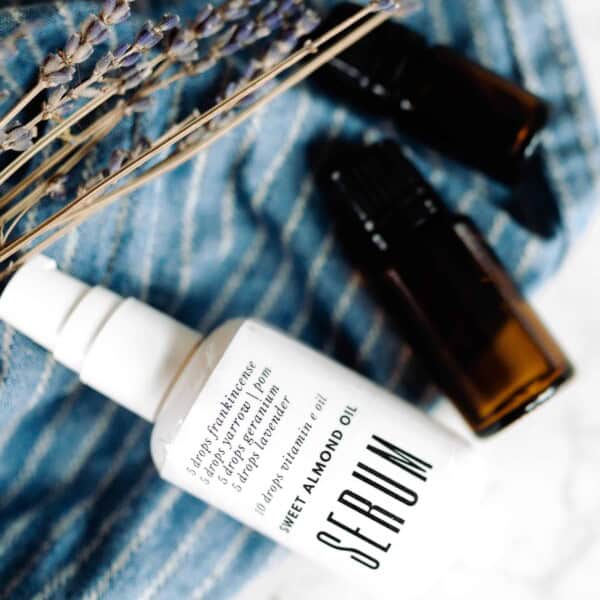
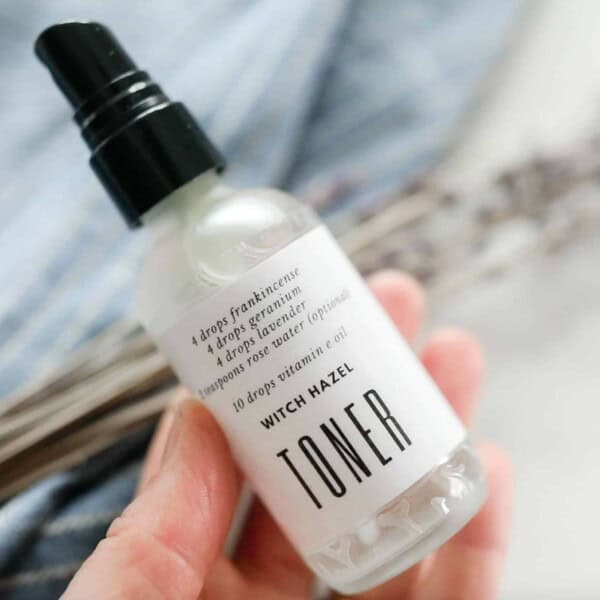






Thank you, Lisa! Do you use fractionated coconut oil, or the kind you cook with?
You can use the kind you cook with!
My diaper cream is a bit gritty, did I do something wrong or is this how it is expected to be?
It shouldn’t be super gritty! I would try mixing it up again.
My cream turned gritty like sand the day after it settled. I stopped heating the oils when both were melted, should the oils be hot to dissolve the zinc & bentonite clay?